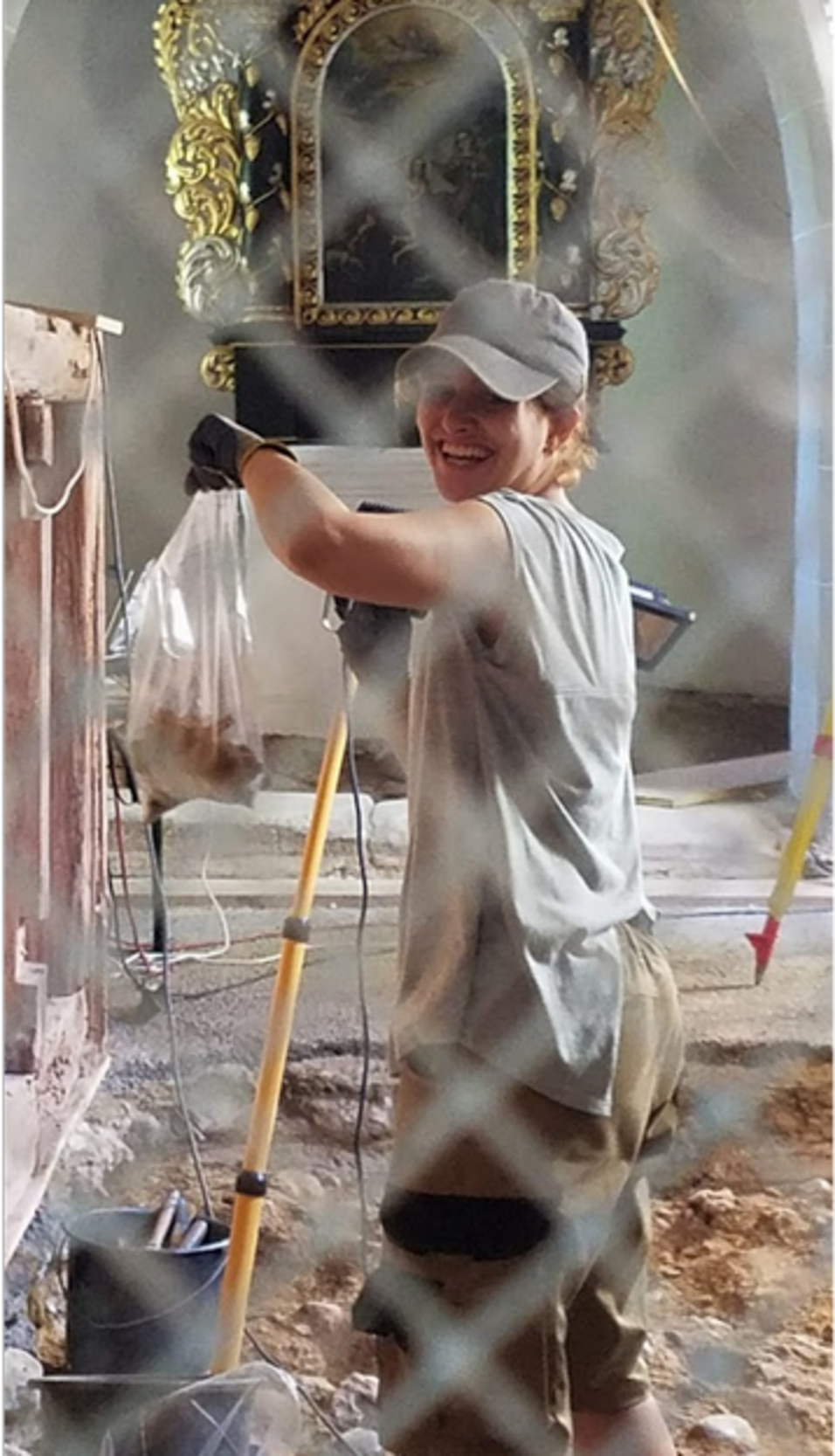A life as an archaeologist among historians
As the only archaeologist on the team, I handle all archaeological tasks. However, a historical or digital humanities project with a historical focus looks very different from projects that deal specifically with archaeological issues. There are no excavations - not in the summer heat nor during snow, rain, or hail - where I would brush the dust off skeletons or ceramic vessels or excavate old buildings. There is no documentation of finds or features to be made - no photos, drawings, or surveying. No need to search for finds in museums and collections (at least so far), which are then drawn to scale and described in detail - in preparation for publication.
But also no back pain after a day on the dig, no sunburn, no wet socks, and no dust in the eyes.
Instead, my current task is to compile an extensive list of bibliography. This should include as many publications as possible that deal with archaeological topics and the 11th century. And this in all regions relevant for the project - from Central Europe to Central Asia.
And it is not only from a historical perspective that the 11th century is particularly exciting. Many changes can also be grasped archaeologically. For example, the formation of the first Hungarian kingdom under Stephen I, which can also be recorded in the archaeological record via an independent coinage. These coins are found not only in Hungarian contexts but also in eastern Austria. Here they can be observed - on the one hand - in graves, where they are added as so-called oboli. On the other hand, they are found in particularly large numbers on the Oberleiserberg in the northern Weinviertel. Here, the high find density of those coins indicates the holding of a market. For this region - between the spreading Babenberg Mark, the Hungarian kingdom and the sphere of the Přemyslid dynasty - there are no contemporary written sources and so the market here can only be proven by archaeological finds and features.
Similar developments can be summarized for the Czech Republic and Poland, where the Přemyslid and Piast dynasties, respectively, are increasingly able to expand their influence. In addition, certain find groups in both areas show contacts with, for example, the Holy Roman Empire and other neighboring areas.
With my studies in medieval archaeology and my research focus in Central Europe, I could probably fill pages on this topic. However, the RELEVEN project is not limited to this region. Other spaces are also the focus of the interdisciplinary team's research. Byzantium and Armenia but also Syria, Iraq and Iran. These are regions that I have not dealt with in my research career so far and that were never a topic during my studies. And this makes my work on a list of archaeological publications particularly interesting for me. I learn new things about the Fatimid Caliphate, the Seljuk Empire and the Buyid Dynasty. How and if these groups differ from each other in their archaeological legacies and what contacts there were with each other but also with the West. This opens up a whole new world for me and I am grateful for this exciting task within the project.
The list of relevant literature, once completed, will not only be used to populate the database with sometimes conflicting archaeological information, but will hopefully also help the project's historians in their work. I am sure that the combination of historical and archaeological information will lead to a gain in knowledge for both sides and I am already looking forward to the results of our interdisciplinary research.

